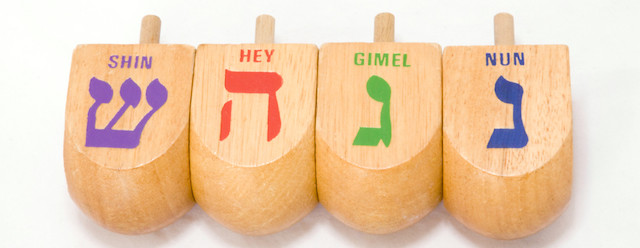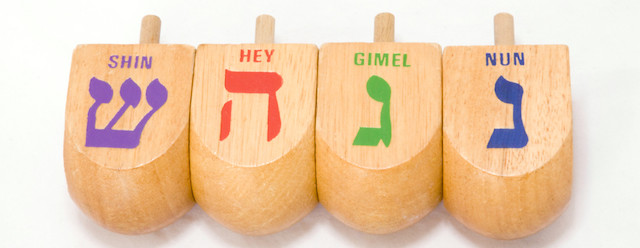Happy Hanukkah from one Hawk to the rest
Hello everyone. It’s the second day (coming up to the third night) of Hanukkah as I write this. I wonder how many of my fellow Hawks know the story of Hanukkah?
Well, buckle up and keep reading because here it is:
Hanukkah, also sometimes spelled Chanukah, is a Jewish holiday celebrating the miracle that happened after the Syrian attack on the Temple in Jerusalem. You may have heard of it.
There is an “eternal light” above the ark that contains the Temple’s Torah must never go out! During the second century B.C.E. in which the Syrian army attacked the Macabees, the light over the ark was an oil lamp.

The attack devastated the oil supply at the synagogue and it turned out there was only enough oil to last one day, but it would take eight days to get more. The miracle was that the oil lasted all eight days.
Traditionally, Jews, to remember this miracle, light a Hanukkah menorah, otherwise called a hanukkiah, for eight nights, adding an additional candle each day.
Another interesting facet about Hanukkah you may not know is the dreidel.
You’ve all heard the ONE Hanukkah song that plays during the holidays: “Dreidel, dreidel, dreidel, I made you out of clay…” But do you know what a dreidel is or why it’s only played during Hanukkah?
The dreidel is a four-sided top with a Hebrew letter on each side. The letters are Nun, Gimel, Hey and Shin, which represent the Hebrew phrase Nes gadol Haiya shaam, meaning a great miracle happened there. (In Israel, they substitute shaam for po, meaning here.)
You start the game with a pile of chocolate coins, otherwise known as Hanukkah gelt, and just like Poker, you bet coins at the beginning. Usually, everyone puts in either two small coins or one big coin. And the pot stays the same until it’s emptied.
Everyone gets a turn spinning the dreidel. When spinning the dreidel, if you land on:

Nun: you get nothing this turn;
Gimel: you get everything in the pot;
Hey: you get half the pot; or
Shin: you have to put one more in.
The whole point of the dreidel is that during the same time period, the Jews were persecuted and forbidden to practice Judaism or study the Torah. So, they made the dreidel and told their oppressors that, “Hey, it’s no problem. We’re just gambling.”
In all actuality, they were keeping their story alive and teaching it to their children. If an enemy walked up, they simply resumed the dreidel game.
Back to the 21st century, Jewish families all over the country and world on Hanukkah take the opportunity to gather with friends and family and eat oily foods, symbolic of the oil lasting eight days.

Some traditional foods include latkes (potato pancakes), gribenes (also known as Jewish popcorn made from chicken- and duck-fat fried skin and onions — sounds gross, actually delicious), schmaltz (rendered poultry fat) and a greasy main course, such as a brisket.
Because the Jewish holidays revolve around the lunar calendar, holidays begin at sundown.
So, after the sun goes down and Hanukkah begins, people traditionally give gifts. Every day. People give each other gifts for eight days. Let that sink in.
Well, I hope you all learned something. Happy Hanukkah and happy holidays!

